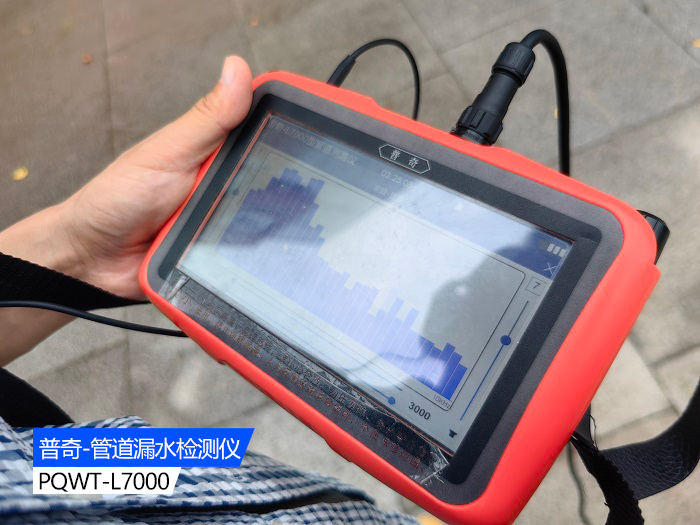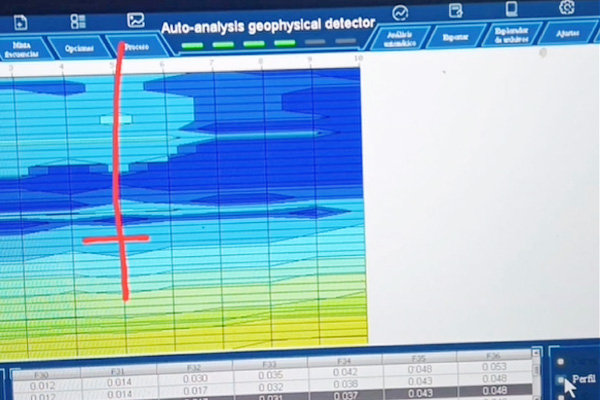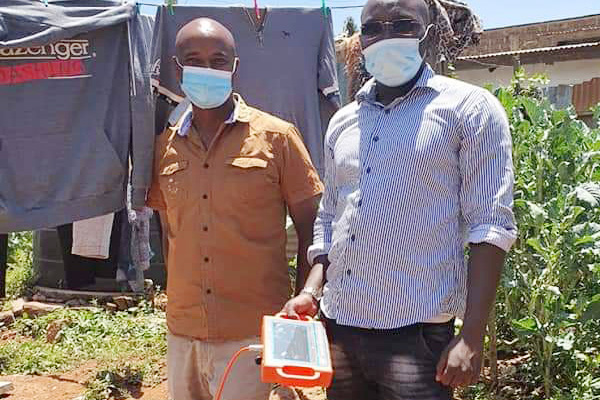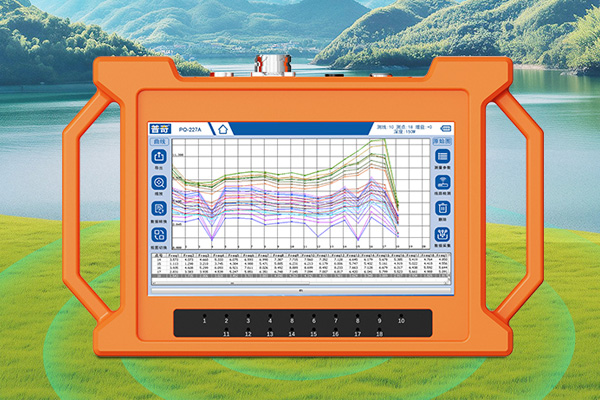PPR (Polypropylene Random) water supply pipes are widely used in households and commercial buildings due to their excellent corrosion resistance, high temperature resistance, and long service life. However, due to various factors during installation, use, and maintenance, PPR water supply pipes may sometimes experience leakage problems. Timely detection and identification of water leakage locations are crucial for reducing water damage and repair costs. This article will introduce several commonly used PPR water supply pipe leakage detection methods to help users quickly locate the leakage point.

1、 Observation method
Observation method is the most basic method for detecting the location of water leakage in PPR water supply pipes. Firstly, carefully inspect the surface of the water pipe to see if there are any water stains, cracks, damages, or other phenomena. Especially at the locations of water pipe connections and faucets, these areas are usually more prone to water leakage. If there are no obvious abnormalities on the surface, tools can be used for further inspection. For example, using a specialized water pipe inspection pen, which illuminates the surface of the water pipe with ultraviolet light, hidden cracks and damages can be discovered.
It should be noted that the observation method is mainly applicable to exposed PPR water supply pipes. For pipes buried in walls or ceilings, the observation method may not be able to detect them.
2、 Listening Method
Listening method is a simple and feasible detection method that identifies the leakage point by listening to the sound of water flow passing through the leaky water pipe. Usually, this method is suitable for PPR water supply pipes installed openly or buried on the surface of walls. Use a pipeline leak detector to check one by one along the pipeline route. If you hear abnormal sounds, such as water flow or bubble sounds, it indicates that there may be a water leakage problem at that location.
3、 Stress testing method
The pressure testing method is a relatively accurate way to detect the location of water leakage in PPR water supply pipes. By pressurizing the water pipe, the specific location of the leak can be determined. This method is suitable for concealed water pipes or situations where the leakage location is concealed.
Before conducting a pressure test, it is necessary to close the main water valve and empty the air in the pipeline to ensure that the test accurately reflects the actual state of the pipeline. Then, use a manual press to pressurize the water pipe, usually to 8-10 kilograms, and wait for about half an hour. If the pressure remains constant, it means that the water pipe is not leaking. If there is a leakage point, the pressure will not remain for a long time.
The stress testing method requires professional personnel to operate to ensure the safety and accuracy of the testing. During the testing period, it is necessary to remain vigilant and pay attention to safety issues such as avoiding electric shock and preventing falls.
4、 Exclusion method
If the water pipes in the home are installed in a concealed manner, the leakage point can be located through elimination method. Firstly, close the main valve of the water pipe, and then turn on the faucets in the room one by one to observe if the water meter is moving. If the water meter is moving, it indicates that there is a leakage problem with the water pipes in the room. This method can help determine the approximate location of the leakage point.
In addition, other methods such as listening or observation can be combined to further narrow down the leakage range until the leakage point is accurately identified.
5、 Precautions
When detecting the location of water leakage in PPR water supply pipes, it is necessary to ensure that the main water valve is closed before testing to avoid water contamination or water source leakage during the testing process.
During the testing period, it is necessary to remain vigilant and pay attention to safety issues, such as avoiding electric shock and preventing falls.
3. For uncertain issues, it is necessary to promptly contact professional personnel for repairs.
4. When repairing water leakage points, use professional cleaning agents or alcohol to wipe the surface of the pipeline near the leakage point to ensure a clean working area during the repair process.
The location of PPR water supply pipe leakage detection is a patient and meticulous task. Through the comprehensive application of observation, listening, pressure testing, and elimination methods, the leakage point can be quickly and accurately identified, thereby saving maintenance time and costs. At the same time, it is necessary to pay attention to safety issues during testing and ensure timely contact with professional personnel for repairs. I hope this article can be helpful to you.








